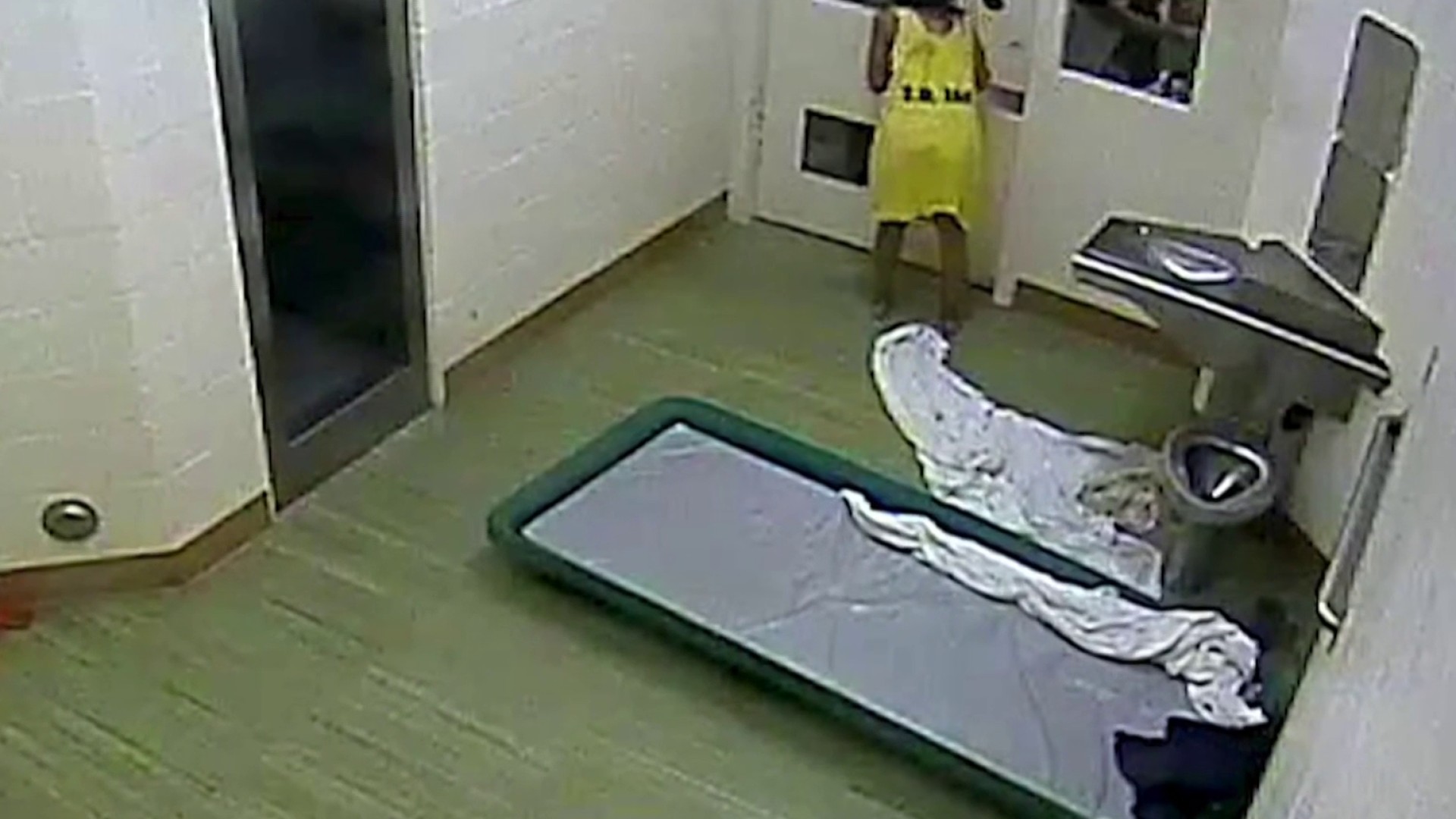Military veteran inmates detained with other veterans are less likely than veterans housed with other detainees to be convicted of a crime within a year of release, according to a study conducted in San Diego County.
The three-year study compared two groups of veterans — one group of 144 members lived in a Veterans-only housing unit and the other was held at a detention facility with other detainees, according to the San Diego Association of Governments (SANDAG).
Researchers found that group housed in Veterans Moving Forward (VMF), an incentive-based housing unit at the Vista Detention Facility, were less likely to be convicted for a new crime within a year of being released from custody, according to SANDAG.
Nearly three-quarters of participants had been in jail previously and 32 percent were convicted most recently on drug charges, the most serious offense within the group, according to SANDAG.
While in custody, rule violations were drastically lower among veterans housed together. Only 1 percent of the group had rule violations while 43 percent of the comparison group had rule violations.
Seventy-six percent of homeless veterans in the program also said they had more stable living six months after being released from custody, the study said.
Dr. Cindy Burke, the Director of SANDAG's research division and the study's lead, said the housing unit was effective because the shared connection gave veterans a level of respect for their fellow inmates and deputies, many chosen because of their military background.
Local
The inmates used their time together to work on underlying issues and obtain tools that could be used upon release, Burke said.
"The goal of VMF was to structure an environment for convicted veterans to draw upon the positive aspects of their shared military culture, create a safe place for healing and rehabilitation, and foster positive peer connections," the study said.
Veteran detainees lived in a less-restrictive and more open environment, which allowed for open doors, no segregation based on race or ethnicity, the use of a microwave and coffee machine and other incentives.
The group worked with VA staff regularly and were also required to participate in rehabilitation programs, according to SANDAG.
A 2015 report from the Bureau of Justice Statistics, the most recently released data, said 8 percent of inmates served in the military. The researchers behind the study said this is why they chose to focus their research on veterans.
The group partnered with the Department of Veterans Affairs to open the housing unit in 2013 and received funding for the study from the National Institute of Justice a year later.



